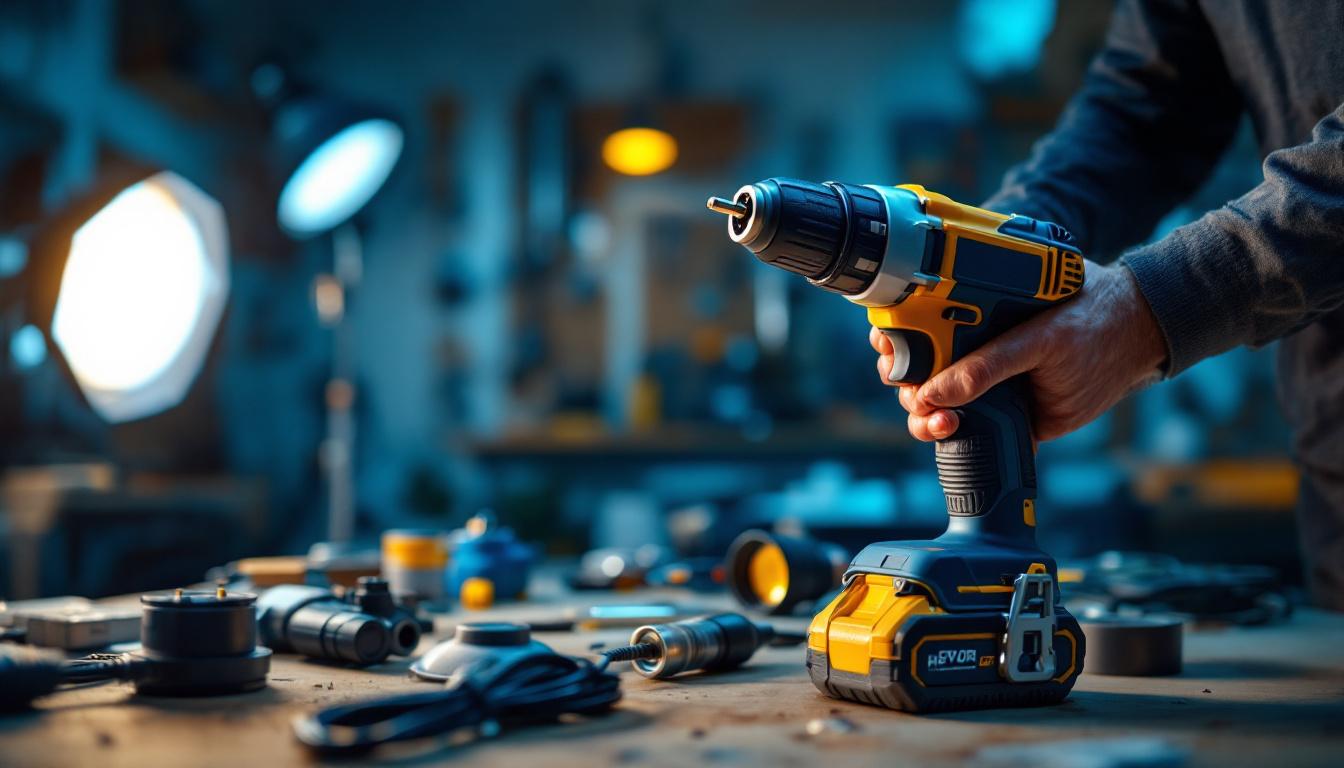
In the ever-evolving world of lighting design, the choice of lighting technology can significantly impact both aesthetics and functionality. Among the various options available, edge-lit lighting has gained considerable attention for its sleek design and efficiency. However, it is essential for lighting contractors to evaluate edge-lit solutions against their alternatives to determine the best fit for their projects. This article delves into the characteristics of edge-lit lighting, its advantages and disadvantages, and how it compares to other lighting technologies.
Edge-lit lighting utilizes light-emitting diodes (LEDs) positioned along the edges of a panel. These LEDs illuminate a translucent surface, creating a uniform glow that is visually appealing and energy-efficient. This technology is commonly found in applications such as signage, architectural lighting, and even residential settings. The rise of edge-lit technology has revolutionized the way we think about lighting, moving away from bulky fixtures to sleek designs that blend seamlessly into their surroundings.
The operation of edge-lit panels is relatively straightforward. LEDs are installed along one or more edges of a flat panel, and the light is directed into the panel. The light then disperses through the material, typically acrylic or glass, resulting in a soft, even illumination. This design not only enhances the aesthetic appeal but also minimizes the number of visible light sources, creating a clean and modern look. The choice of materials plays a crucial role in the quality of light produced; for instance, high-quality acrylic can enhance light diffusion, resulting in a more vibrant glow. Furthermore, advancements in LED technology have led to improved color rendering and brightness, making edge-lit panels even more versatile.
Edge-lit lighting is versatile and can be used in a variety of settings. Common applications include:
In addition to these applications, edge-lit technology is increasingly being used in the realm of digital displays, such as televisions and computer monitors. The thin profile of edge-lit screens allows for larger viewing areas without the bulk of traditional backlighting methods. Moreover, in the hospitality industry, hotels and restaurants are adopting edge-lit panels to create inviting atmospheres that enhance guest experiences, using customizable colors and brightness levels to match the mood of the space.
One of the primary advantages of edge-lit panels is their slim profile, which allows for seamless integration into various designs. Additionally, they are energy-efficient, often consuming less power than traditional lighting solutions. The uniform light distribution minimizes harsh shadows, creating a more inviting atmosphere. Beyond aesthetics and efficiency, edge-lit panels also offer flexibility in design; they can be easily shaped into various forms and sizes, making them suitable for both large installations and intricate designs. Furthermore, the longevity of LED technology means that these panels require less frequent replacement, contributing to lower maintenance costs over time.
While edge-lit lighting offers numerous benefits, it is essential to compare it with traditional lighting solutions such as recessed lighting, fluorescent fixtures, and incandescent bulbs. Each option has its unique characteristics, and understanding these can help contractors make informed decisions.
Recessed lighting, often referred to as can lighting, is installed into the ceiling, providing a clean look. It is widely used in both residential and commercial spaces. However, recessed lights can create hotspots and shadows, which may not be ideal for all applications.
In contrast, edge-lit panels provide a more uniform light distribution, reducing the likelihood of shadows and creating a softer ambiance. This can be particularly advantageous in spaces where a warm, inviting atmosphere is desired. Moreover, the sleek design of edge-lit panels allows for seamless integration into various architectural styles, making them a versatile choice for modern interiors.
Fluorescent lighting has been a staple in commercial settings for decades. It is known for its efficiency and long lifespan. However, fluorescent lights can produce a harsh, cold light that may not be suitable for all environments.
Edge-lit panels, on the other hand, can be designed to emit a warmer light, making them more suitable for settings where comfort and aesthetics are prioritized. Additionally, edge-lit technology is often more energy-efficient than traditional fluorescent options. With advancements in LED technology, edge-lit panels can also be dimmed or adjusted to create dynamic lighting scenarios, enhancing the functionality of the space while reducing energy consumption.
Incandescent bulbs are known for their warm glow and excellent color rendering. However, they are less energy-efficient and have a shorter lifespan compared to LED solutions. As lighting trends shift towards sustainability, the use of incandescent bulbs is declining.
Edge-lit panels, utilizing LED technology, provide a more energy-efficient alternative while still offering customizable color temperatures to achieve the desired ambiance. This makes them an attractive option for lighting contractors looking to meet modern energy standards. Furthermore, edge-lit panels can be designed with smart technology integration, allowing users to control lighting remotely or set schedules, which adds a layer of convenience that traditional incandescent bulbs simply cannot offer. This adaptability not only enhances user experience but also aligns with the growing trend of smart home automation, making edge-lit solutions a forward-thinking choice for contemporary lighting design.
While edge-lit lighting has many advantages, it is not without its drawbacks. Understanding these limitations is crucial for lighting contractors when making decisions for their projects.
One of the primary disadvantages of edge-lit panels is their initial cost. Compared to traditional lighting solutions, edge-lit technology can be more expensive to install. However, it is essential to consider the long-term savings associated with energy efficiency and reduced maintenance costs.
Edge-lit panels may not provide sufficient light output for all applications. In spaces requiring high levels of illumination, such as warehouses or manufacturing areas, edge-lit solutions may fall short. Contractors must assess the specific lighting needs of each project to determine if edge-lit technology is appropriate.
While edge-lit panels are designed to provide uniform light distribution, there can be instances of uneven lighting, particularly if the panel is not installed correctly or if the quality of the materials used is subpar. It is crucial for contractors to ensure proper installation and select high-quality products to mitigate this issue.
Beyond edge-lit panels, several alternative lighting technologies are worth considering. Each option has its unique advantages and potential drawbacks, making it essential for contractors to evaluate them based on specific project requirements.
Direct lit LED panels feature LEDs positioned directly behind the panel, providing a more intense light output compared to edge-lit solutions. This technology is particularly effective in environments where high levels of illumination are necessary.
However, direct lit panels can be bulkier than their edge-lit counterparts, which may not be suitable for all design aesthetics. Contractors should weigh the need for brightness against the desired visual appeal when selecting lighting solutions.
Smart lighting systems have gained popularity in recent years due to their ability to be controlled remotely and their integration with building management systems. These systems can enhance energy efficiency and provide customizable lighting options.
While smart lighting can be more expensive to install, the long-term benefits, including energy savings and improved user experience, can make them a worthy investment. Contractors should consider the potential for future upgrades when evaluating lighting technologies.
As sustainability becomes increasingly important, solar-powered lighting solutions are gaining traction. These systems harness solar energy to power lighting fixtures, making them an eco-friendly choice.
However, solar-powered lighting may not be suitable for all applications, particularly in areas with limited sunlight exposure. Contractors should assess the feasibility of solar solutions based on the project’s location and lighting requirements.
Choosing the right lighting technology requires careful consideration of various factors, including the specific needs of the project, budget constraints, and aesthetic preferences. Lighting contractors must weigh the pros and cons of each option to determine the best fit.
Before making a decision, contractors should conduct a thorough assessment of the project requirements. This includes understanding the desired ambiance, the level of illumination needed, and any specific design constraints. Engaging with clients to gather their preferences can also provide valuable insights.
Budget plays a significant role in the decision-making process. While edge-lit panels may have a higher upfront cost, their energy efficiency and longevity can lead to cost savings over time. Contractors should present clients with a comprehensive analysis of the long-term benefits of each option to facilitate informed decision-making.
The lighting industry is constantly evolving, with new technologies and trends emerging regularly. Staying informed about the latest advancements can help contractors make better choices for their projects. Attending industry conferences, participating in training sessions, and networking with peers can provide valuable insights and keep contractors ahead of the curve.
In conclusion, edge-lit lighting offers a modern and energy-efficient solution for various applications, but it is essential for lighting contractors to evaluate it against alternatives. By understanding the unique characteristics of edge-lit technology, traditional lighting solutions, and emerging trends, contractors can make informed decisions that align with their clients’ needs and project requirements.
Ultimately, the choice of lighting technology should be guided by a combination of aesthetics, functionality, and budget considerations. By staying informed and engaging with clients, lighting contractors can ensure they deliver the best possible solutions for their projects.
Ready to elevate your lighting projects with cutting-edge, energy-efficient solutions? Look no further than LumenWholesale. Our extensive selection of spec-grade lighting products ensures you have access to the best in the industry, all at unbeatable wholesale prices. Say goodbye to inflated markups and hello to superior lighting that meets your project’s aesthetic, functional, and budgetary needs. Plus, with free shipping on bulk orders, you can enjoy premium lighting at the best value without any hidden fees. Don’t compromise on quality or cost—choose LumenWholesale for a seamless blend of quality, affordability, and convenience. Wholesale Lighting at the Best Value is just a click away.

Discover how choosing the right replacement power cords for your power tools can significantly boost the efficiency of your lighting projects.

Discover the essential guide to fluorescent light ballasts tailored for lighting contractors.

Discover expert insights into outdoor lighting solar panels with our comprehensive guide tailored for lighting contractors.

Discover why lighting contractors should prioritize solar power lights for outdoor projects.